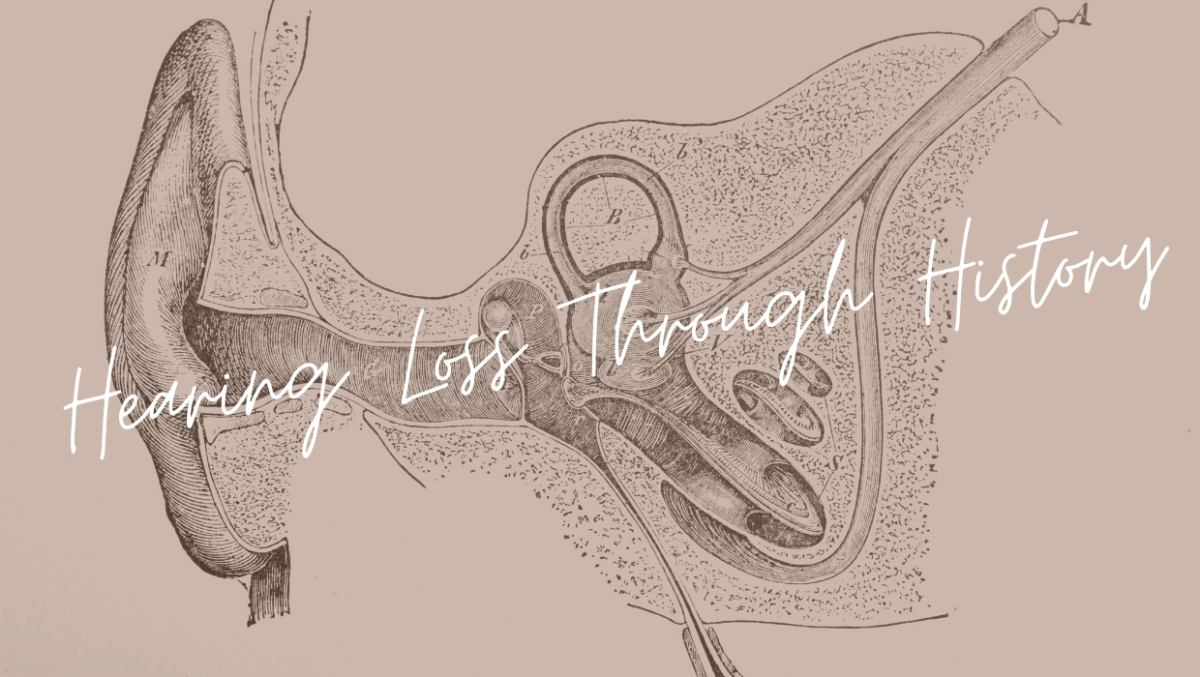- As an Invisible Condition, Hearing Loss Often Goes Ignored - October 17, 2022
- All About Assistive Listening Devices & More - October 1, 2022
- Tired of Loud Restaurants? Time for a Hearing Test! - September 17, 2022
Around the world today, roughly 15% of the adult population has some degree of hearing loss. Of those with hearing loss, around one third (5.3% of the world’s population, or more than 466 million people) have disabling hearing loss, where their hearing level is limited by 40 dB or more. Hearing loss affects quality of life and overall health and much hearing loss is preventable.
Although hearing loss statistics are expected to rise in coming decades amidst a noisier, busier world, hearing loss has been with humanity for a very long time. Signs of hearing loss exist in ancient societies and researchers and archeologists are discovering new ties that link the hearing conditions of the past to hearing loss today.
Traces In Time
Finding references to hearing loss in past civilizations hasn’t been a straightforward task. In fact, the issue has long been under examined except by those researching disability throughout history. In recorded history, one of the earliest understood references to hearing loss comes from Ancient Egypt, around 1550 BCE. A record of herbal and medical information, the Papyrus Ebers, records a cure for bad hearing that incorporates olive oil, goat urine and lead applied to the ear canal. Sources from Ancient Egypt also refer to conditions of deafness alongside other disabilities.
Hearing loss and deafness are also found in sources emerging from Ancient Greece. Plato refers to a form of signing used by communication among the deaf, offering an early picture of communication adaptations for hearing loss. The sign language we know today is thought to have monastic roots. Monks taking vows of silence adopted a language of hand signals to communicate with one another without breaking their voluntary muteness. Early education in Europe relied heavily on teachers from religious orders and gradually the practice of hand signals was then adapted into a technique for educating the deaf.
Different customs have prevailed at different times, but throughout history the communication issues inherent to hearing loss have led many people to dismiss deafness as a sign of lesser intelligence. The development of assistive technology and communication techniques have continually disproven this prejudice.
From Hands to Horns to Headsets
Human innovation can feel unstoppable, so it should come as no surprise that alongside records of hearing loss we also see the development of tools for improving hearing. In ancient Rome this looked like the practice of cupping a hand behind the ear – an astute observation that slightly improves the ear’s ability to parse incoming sound.
Jump ahead some centuries to Rome in the 1500s and hearing technology took the form of hearing horns that mimicked the ear formation of large eared animals to channel sound. In the early 1600s, Paulo Aproino is credited with designing the first hearing trumpets which spread in use and popularity over the next several hundred years. In the early 1800s hearing trumpets became more discrete with the development of collapsible hearing trumpets and hearing devices designed to be obscured by hair.
The birth of modern hearing aids arrived shortly after the telephone, with the first electric hearing aid invented in 1898 by Miller Reese Hutchison. Hutchison’s design was an early amplifier of sound and the technology was quickly advanced over the following decades. Early hearing aids were large, clunky and seldom very portable.
Thanks to the invention of the transistor at Bell Labs in 1948, hearing aids were able to shrink dramatically in size and increase their performance. The 1970s saw the development of nuanced amplification in hearing aids to better meet the specific needs of those with hearing loss. The first digital hearing aids launched in the 1970s and new microprocessor technology allowed hearing aids to again shrink in size.
Into the Future
Hearing aids today represent a modern understanding of how hearing loss works alongside new breakthroughs in technology and design. Smaller and more discreet than ever before, today’s hearing aids have increased sound processing power and the ability to integrate with other digital technologies. Contemporary hearing aids improve quality of life, eliminate communication barriers and break down stigma for those with hearing loss.
If you live with untreated hearing loss, it’s time to see if hearing aids can improve your hearing health. Get in touch with our team today to learn more!

